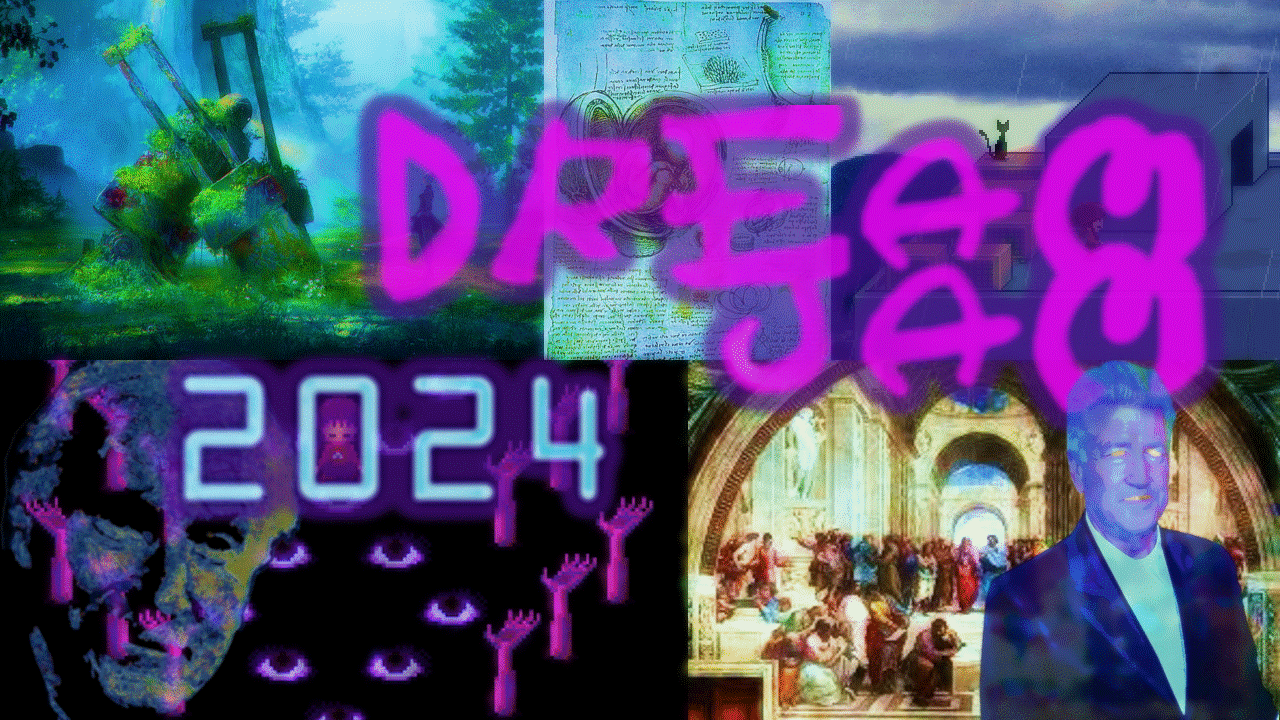- 1. DEFINE your VISION. Make the Game that YOU want to create.
- What Games INSPIRE you?
- What CONCEPTS are you hoping to explore?
- What sorts of STORIES do you wish to tell?
- What MOTIVATES you to develop and to play?
- What Games INSPIRE you?
This part is personal; don’t worry what your audience will think, quite yet.
- 2. FIT your VISION to the THEME.
- This is a healthy competition, so be sure to touch upon one of the three THEMES you’ve been given.
- Choose the one that suits your VISION. You don’t need to use the THEME as your Point of Departure, just so long as it’s your Destination for Arrival.
- 3. IDENTIFY your TARGET AUDIENCE. Who would enjoy your Game the MOST?
- Is it for HARDCORE GAMERS?
- Is it for COMPLETIONISTS?
- Is it for AVID READERS?
- Is it good for STREAMING?

Keep this TARGET AUDIENCE in mind when making the Core Game. Once you have made a Working Draft which fits your Vision to the Theme and Audience:
- 4. Make ACCOMMODATIONS. Introduce some options or restrictions so that Players who might fall outside your Target Audience can still enjoy or, at the least, appreciate your Game. These could be:
- DIFFICULTY Options or Adaptive Difficulty.
- STORY MODES with Branching Paths.
- RESTRICTED ACCESS in an Open World.
- UNLOCKABLE Achievements.
- HIDDEN AREAS and Content.
Something may be overwhelming to a Player. Find a way to ease that Player in; that Player just might join your Target Audience if you succeed.
Be sure, though, that you do not compromise your VISION for the Game. You can’t please everyone, nor should you. Make your compromises only once the Core Game is established.
^ If this Strategy is not ideal, develop one that works.

Ganbatte, ne?
[({S.M.G.)}]



